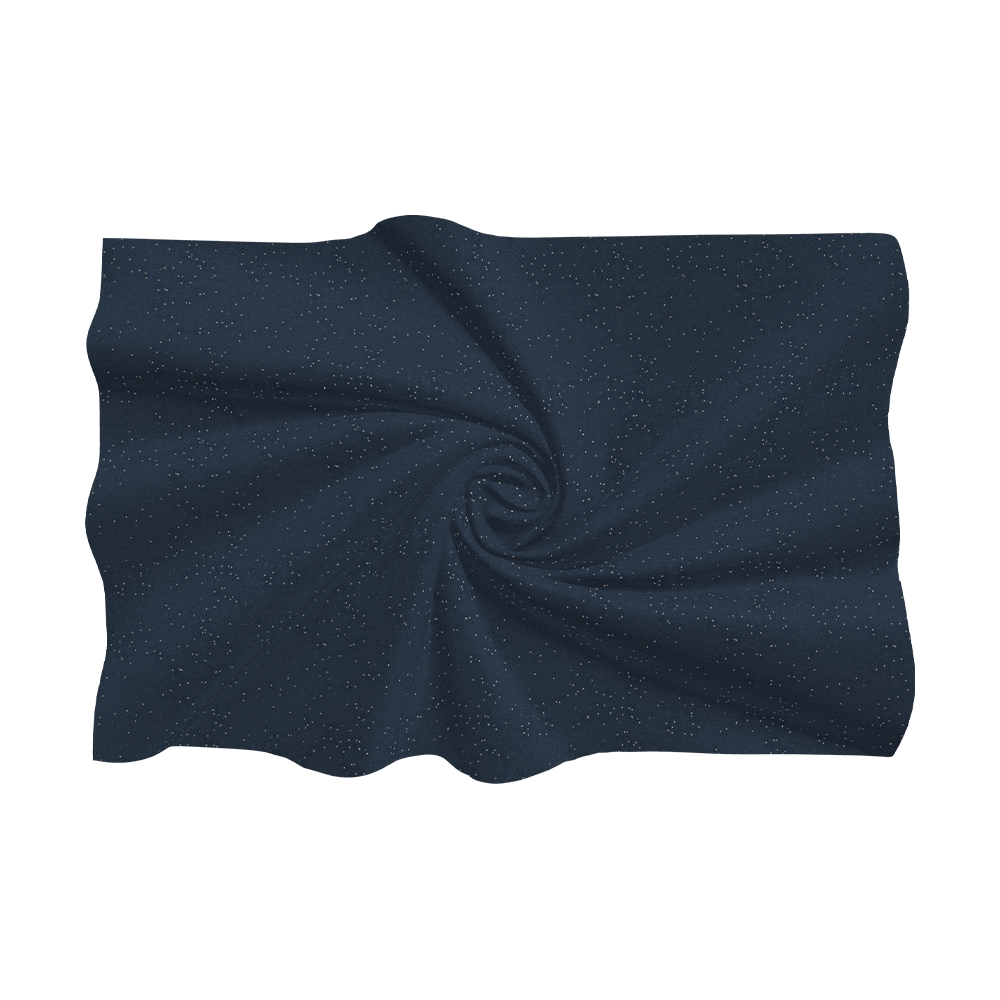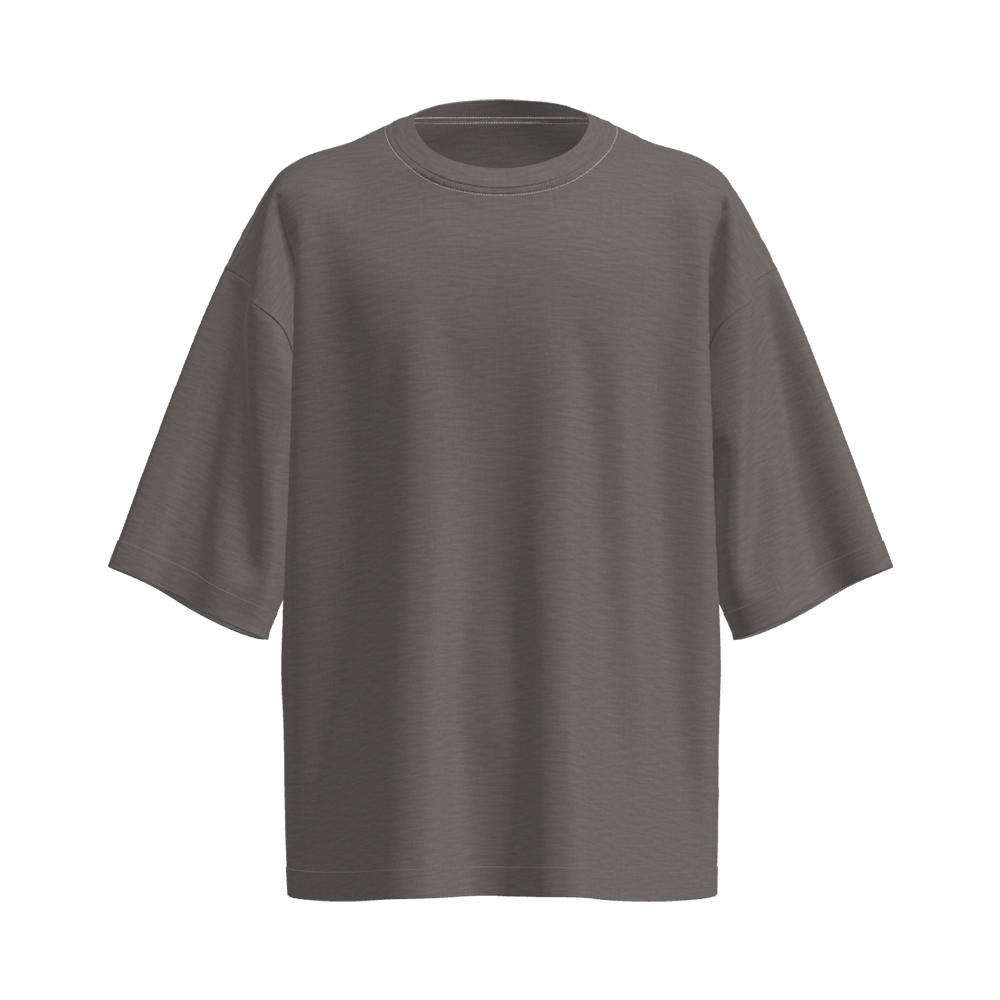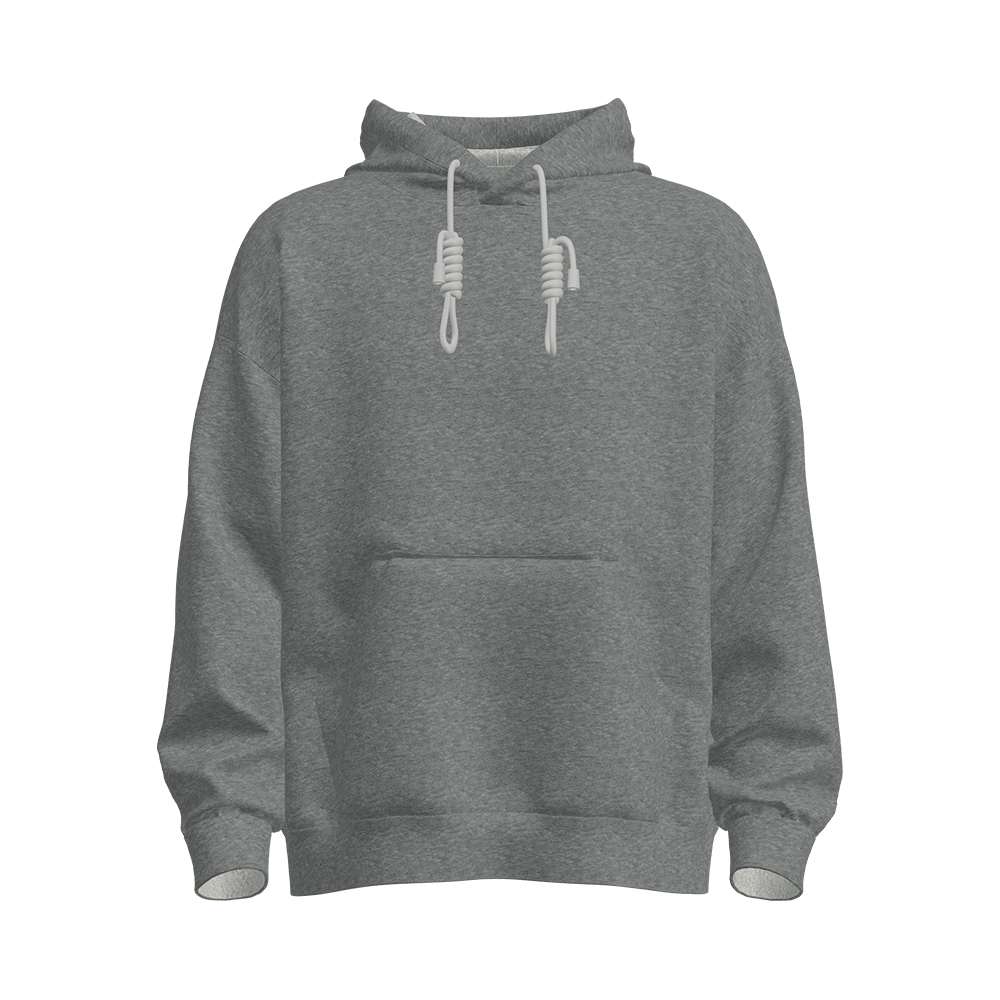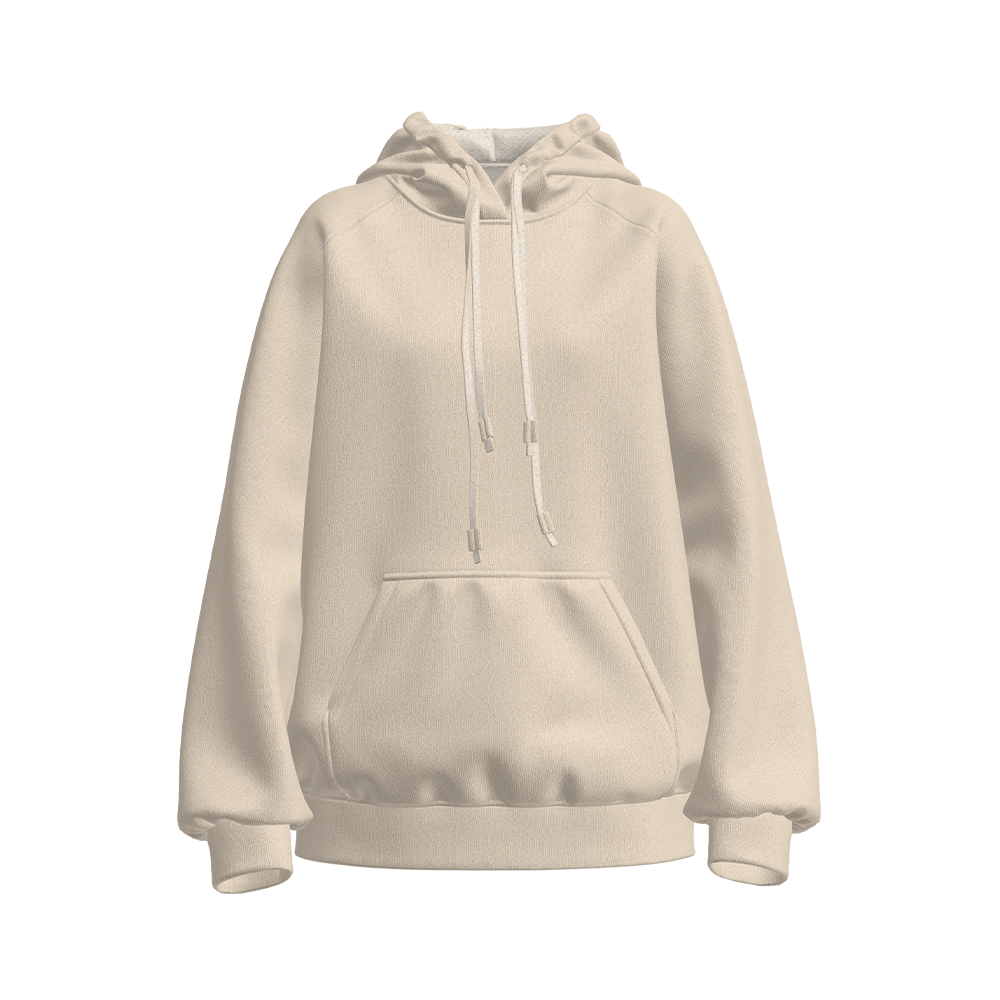
How does T/M/S double-sided heated knitted brushed fabric reconstruct the thermodynamic balance between warmth and breathability?
In traditional textile engineering, warmth and breathability are often regarded as a pair of irreconcilable contradictions. Thick thermal insulation materials usually sacrifice breathability, while fabrics that pursue breathability often find it difficult to maintain a stable thermal environment. The emergence of T/M/S double-sided heated knitted brushed fabric breaks this inherent cognition. Through the unique three-dimensional knitted structure and fiber-level thermal management design, it achieves a dynamic balance of thermodynamics, making warmth and breathability no longer opposite, but the key elements of synergy.
The core breakthrough of this fabric lies in its double-sided heterogeneous structure - the inner layer adopts a high-density brushing process, and the outer layer achieves intelligent temperature control through a precise conductive fiber network. This design is not a simple superposition of two functions, but a microscopic heat exchange system. The fiber arrangement on the inner brush surface forms countless micro air pockets, which effectively locks in still air and reduces heat convection loss. At the same time, its three-dimensional structure allows moisture to be slowly discharged by capillary effect, avoiding the stuffiness caused by moisture accumulation in traditional thermal insulation materials. The conductive fibers on the outer layer are not evenly distributed, but arranged in a gradient according to the differences in the human body's thermal zones, so that heat can flow in a directional manner rather than radiate mechanically. This structure allows heat to form a natural microcirculation inside the fabric, which not only prevents the discomfort caused by local overheating, but also eliminates the cold spot phenomenon caused by uneven heat distribution.
What is more noteworthy is that the fibers of T/M/S fabrics themselves have thermal response characteristics. When the ambient temperature drops, the pores between the fibers will shrink adaptively to enhance the thermal insulation performance; when the temperature rises or the human body's activities intensify, the fiber gaps will expand, promote air circulation, and accelerate heat dissipation. This dynamic regulation does not rely on external energy intervention, but comes from the synergy of the physical properties of the material itself and the structural design. Compared with traditional heating fabrics that rely on continuous input of electrical energy to maintain temperature, the thermal management of T/M/S is closer to the autonomous regulation mechanism of the organism, which is both efficient and energy-saving.
From a thermodynamic point of view, the innovation of this fabric lies in the reintegration of the three basic modes of heat transfer - conduction, convection and radiation. Traditional heating fabrics often rely too much on conduction, resulting in heat accumulation; while ordinary thermal insulation materials only achieve heat preservation by blocking convection, sacrificing breathability. T/M/S uses a three-dimensional knitted structure to disperse and absorb the conducted heat by the fiber network, and then release it evenly in the form of radiation; at the same time, its microcirculation design allows limited but convection to ensure moisture discharge without destroying the overall thermal balance. This trinity of thermal management strategies enables the fabric to find a precise balance between static warmth and dynamic breathability.
In terms of comfort, T/M/S's performance exceeds the traditional technical framework. The essence of comfort is not simply temperature maintenance, but the imperceptible harmonious coexistence between the human body and the clothing microenvironment. The "thermal democracy" design of the fabric - that is, each fiber participates in thermal regulation rather than passive control - prevents the wearer from perceiving an obvious heating process, but always in a natural and stable state of thermal comfort. This experience is similar to being in a constant temperature forest rather than an artificial greenhouse. The heat is not imposed, but exists in a way that best meets the needs of the human body.
From the development trend of textile engineering, T/M/S double-sided heated knitted brushed fabric represents a new direction: functional textiles should not stop at the breakthrough of a single indicator, but should pursue system-level performance synergy. Its success lies not only in solving the traditional contradiction between warmth and breathability, but also in redefining the design philosophy of heated fabrics - technology should retreat into senseless comfort rather than emphasizing its own existence. In the future, with the further integration of materials science and textile technology, this intelligent thermal management concept based on microstructure regulation may become a new standard for high-performance functional fabrics.
LATEST POST
Let’s create something amazing together
contact usDon't hesitate to contact when you need us!



 English
English 한국어
한국어 中文简体
中文简体









 +86-512-52528088
+86-512-52528088 +86-512-14546515
+86-512-14546515

